The Hoozuki plant has a long history in Japanese culture, known for its striking red lantern-like appearance and its use in various traditional practices. Whether at the famous Hoozuki Markets or as a part of spiritual rituals, Hoozuki holds a special place in Japan’s history. Additionally, it’s considered a symbol of good luck and is often associated with warding off evil spirits.
But Hoozuki’s significance isn’t limited to real-life traditions. In the popular game Nioh2, the Hoozuki plant makes an appearance as an important item that players can use during their journey. This article will explore the characteristics of Hoozuki, why it’s believed to bring good fortune, and its special role in Nioh2.
What Is Hoozuki?
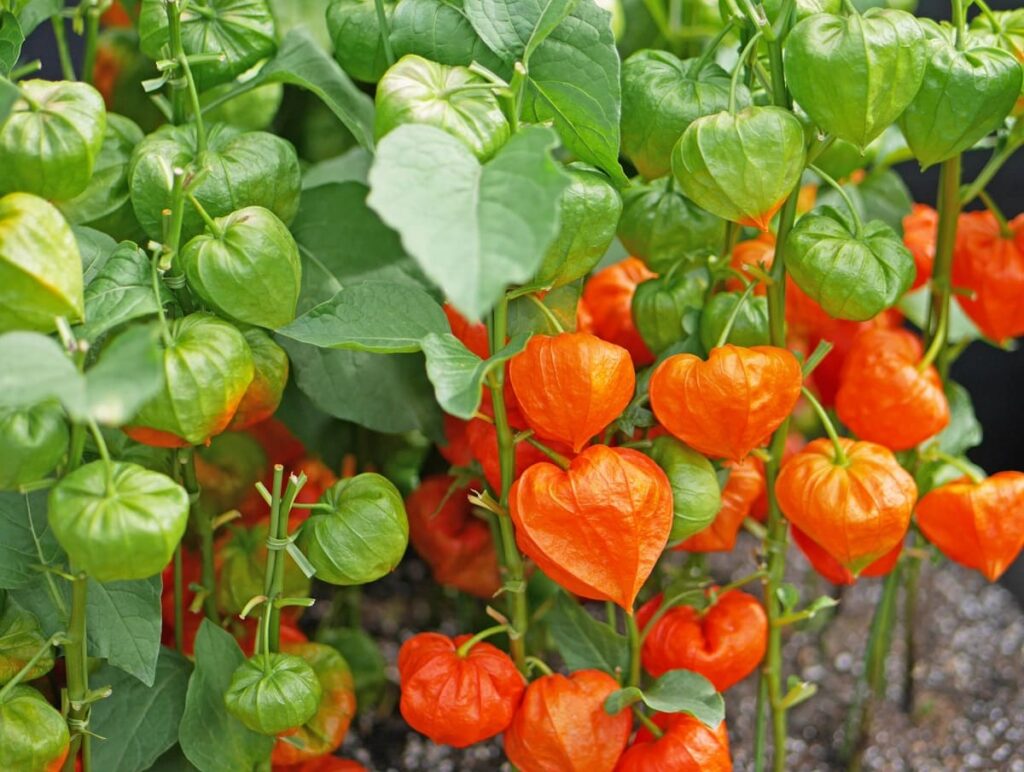
Hoozuki, also known as the “Chinese lantern plant” due to its distinctive red, balloon-like shape, is a perennial herb native to Japan and parts of Asia. The plant’s vibrant fruit is encased in a papery husk that resembles a lantern, making it highly recognizable.
Traditionally, Hoozuki has been used for its medicinal properties, but its cultural importance extends beyond that. Hoozuki is often seen during the Japanese Bon Festival, where it serves as a symbolic lantern to guide the spirits of the deceased back to the world of the living.
The Cultural Significance of Hoozuki
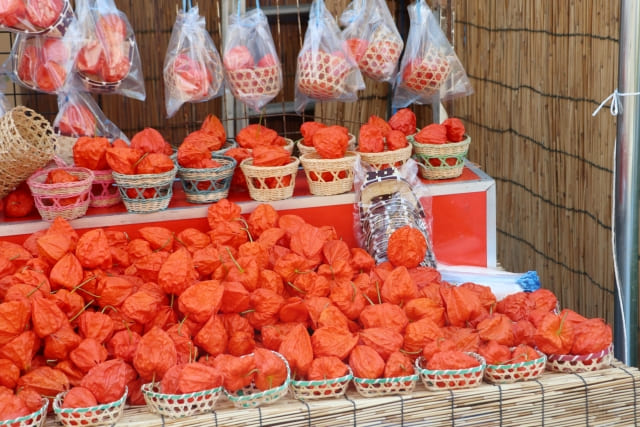
In Japan, Hoozuki is more than just a plant. It is deeply embedded in the country’s spiritual traditions. During the annual Hoozuki Market (Hoozuki-ichi), held primarily at Senso-ji Temple in Tokyo, thousands of Hoozuki plants are sold, and the event draws crowds of visitors looking to bring home a piece of this “good luck” plant.

The Hoozuki market is held on July 9th and 10th!
The Hoozuki plant is believed to have the power to ward off evil spirits and misfortune, which is why it has become a popular addition to homes, especially during important festivals.
Hoozuki as a Good Luck Symbol
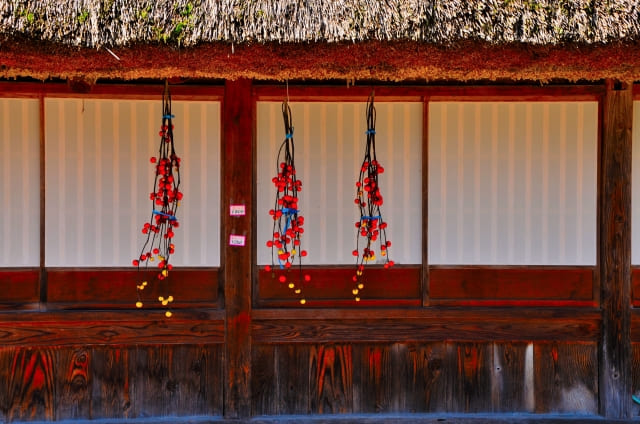
Hoozuki is often considered a symbol of good fortune due to its role in protecting against evil. Its bright red color and unique shape are thought to represent prosperity and vitality. In Japanese folklore, red is a powerful color used to repel evil forces, making Hoozuki an ideal plant to keep in the house for spiritual protection.
In addition to its role in warding off evil, the plant’s association with guiding spirits during the Bon Festival adds to its spiritual significance, reinforcing its status as a plant that brings good luck and protection.
The Hoozuki Market (Hoozuki-ichi)
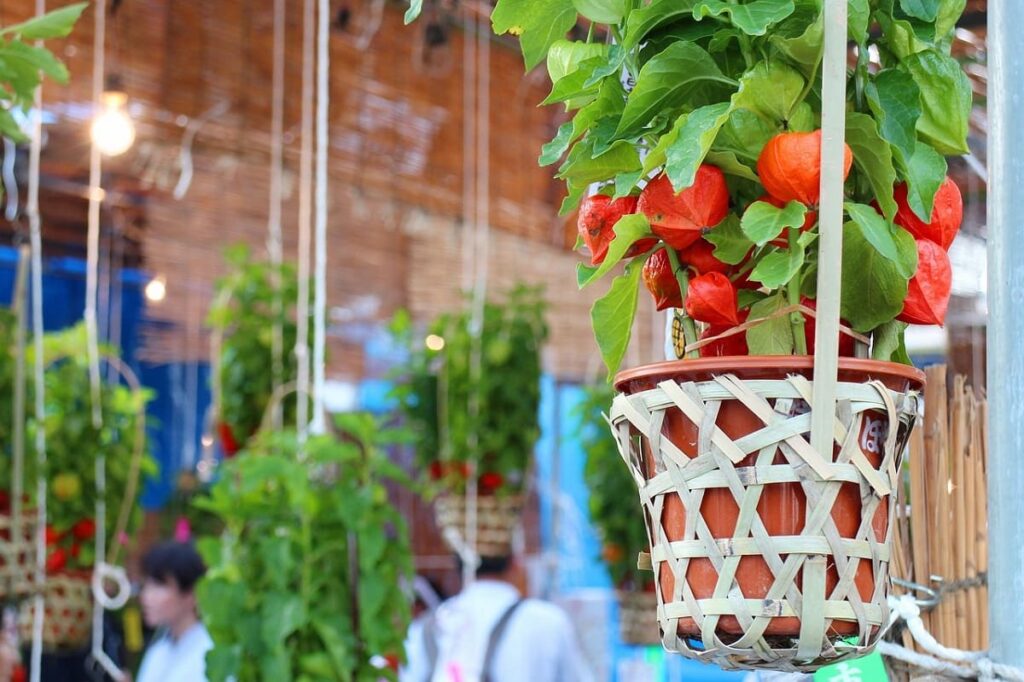
The Hoozuki Market is an iconic summer event held at Senso-ji Temple in Asakusa, Tokyo. Thousands of visitors come to buy Hoozuki plants, believing that purchasing one during this time brings a year’s worth of good fortune. The market has become a symbol of the summer season in Japan, and the vibrant red of the Hoozuki plants creates a striking visual scene against the backdrop of the temple.
The market isn’t just about the plant itself—it’s also a time for families to participate in spiritual practices and pay respects to their ancestors. Buying a Hoozuki plant during this time is considered an important tradition for many.
Reasons Why Hoozuki is Likened to a Lantern During Obon
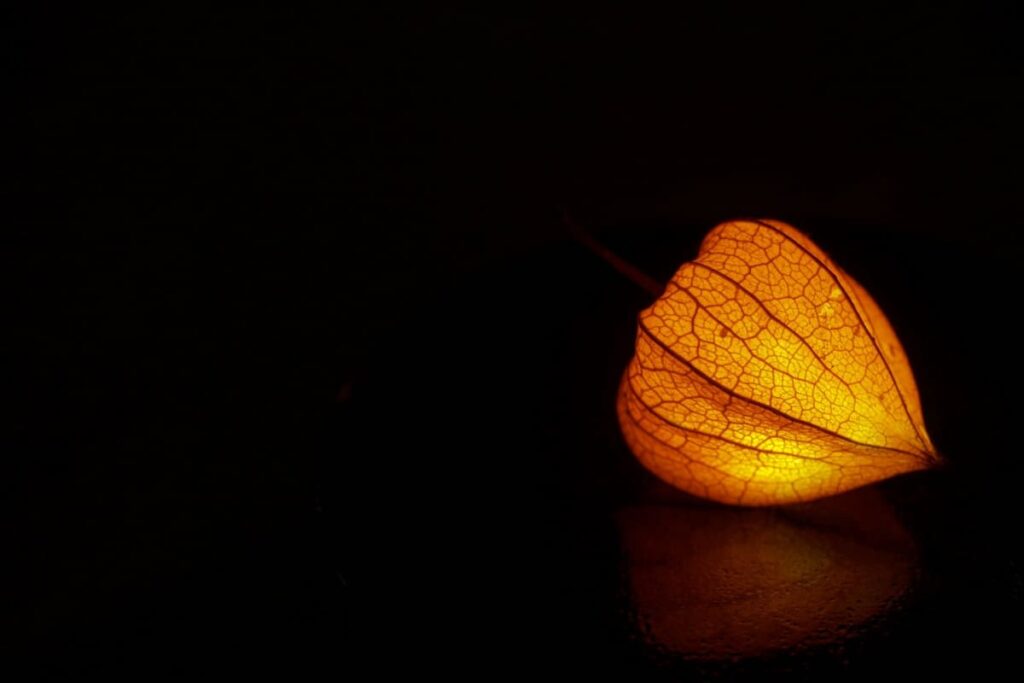
Symbolism of Shape and Color
The fruit of the hoozuki plant is round, hollow, and has a bright orange color that resembles a flame. This makes it reminiscent of traditional lanterns, which serve as guiding lights for spirits during Obon.
A Guiding Light for Spirits
In Japanese tradition, hoozuki lanterns are thought to act as markers or guides for spirits returning to their family homes. Just like the welcoming or farewell fires (mukaebi and okuribi) during Obon, the hoozuki serves as a symbolic beacon.
Special Significance of the Plant
Historically, the hoozuki plant has been believed to have medicinal properties and the power to ward off evil spirits. This association made it a natural choice for decorations in rituals to honor and guide ancestral spirits.
The Role of Hoozuki in ‘Nioh2’
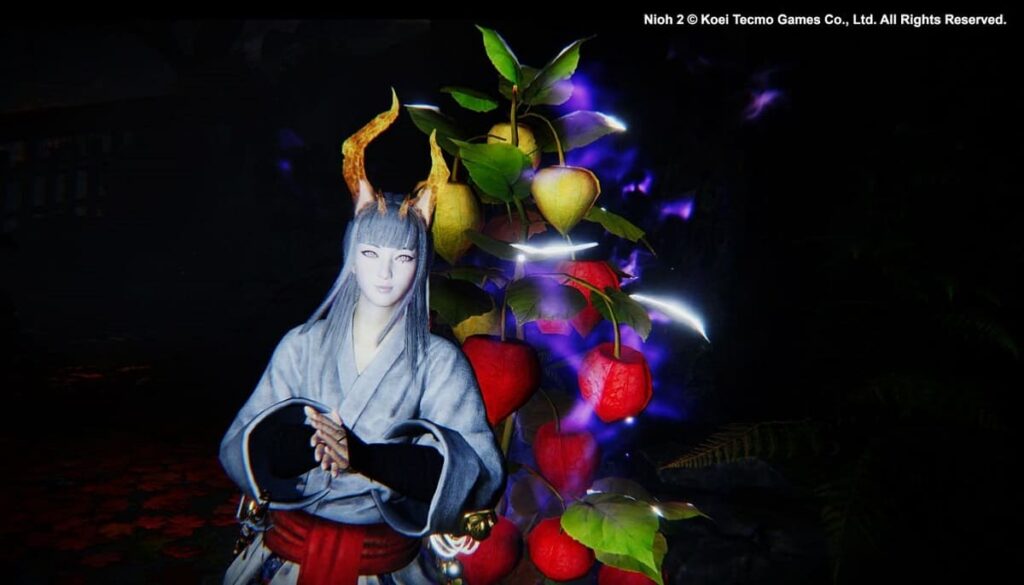
In the game Nioh2, Hoozuki takes on a special role as a Yokai Power Gauge Recovery Item. The Yokai Power Gauge is essential for players to use powerful Yokai abilities, such as “Yokai Skills” and “Yokai Shift,” which allow the player to temporarily transform into a Yokai. By using Hoozuki, players can restore their Yokai Power Gauge, enabling them to unleash these special powers more frequently during combat.
How Hoozuki Works in the Game
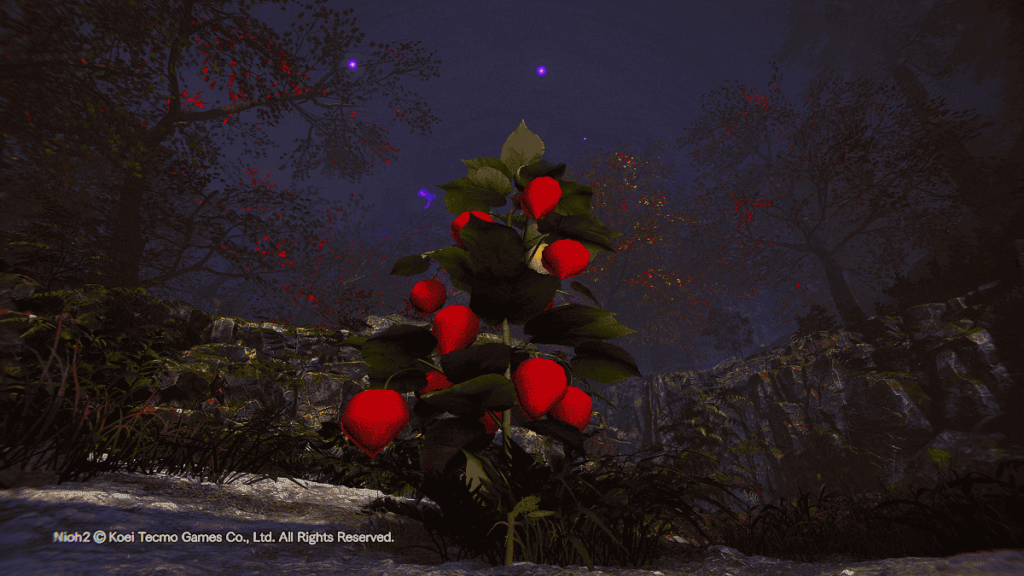
In Nioh2, managing the Yokai Power Gauge is crucial for surviving tough battles. The game features intense combat scenarios where players must balance traditional weaponry with supernatural abilities. Using the Hoozuki item during these fights helps restore the gauge, allowing the player to summon Yokai abilities that can turn the tide of battle.
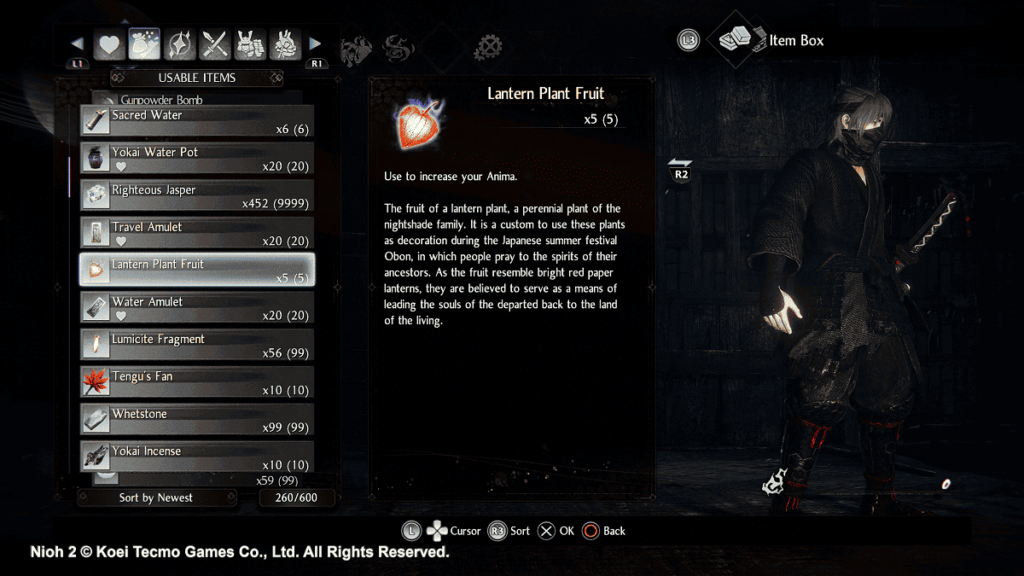
This makes Hoozuki an invaluable resource, especially during boss fights, where every bit of extra power can make the difference between victory and defeat.

Hoozuki is a very important item.
Hozuki and Yokai in Japanese Folklore
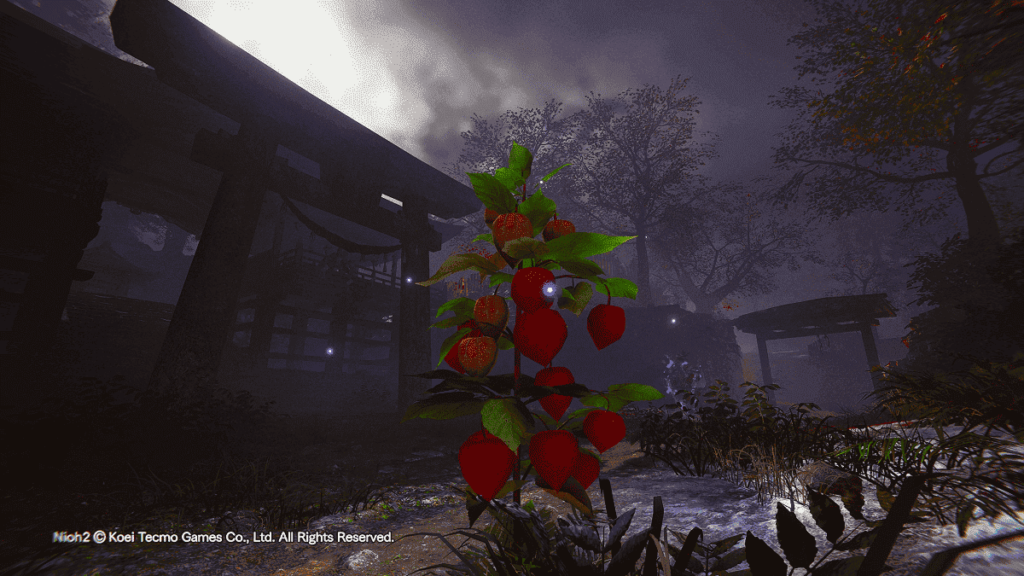
The appearance of Hoozuki in Nioh2 is more than just a gameplay mechanic—it’s a nod to the plant’s association with the supernatural in Japanese folklore. Yokai, or spirits and demons in Japanese mythology, are often linked to plants, animals, and objects imbued with spiritual significance. Hoozuki’s connection to these themes makes it a fitting item in a game that blends historical samurai culture with supernatural elements.
In the context of the game, the use of Hoozuki as a Yokai power recovery item ties into its folkloric role as a protector against evil and a symbol of spiritual strength.
Why Hoozuki Is Important for Players
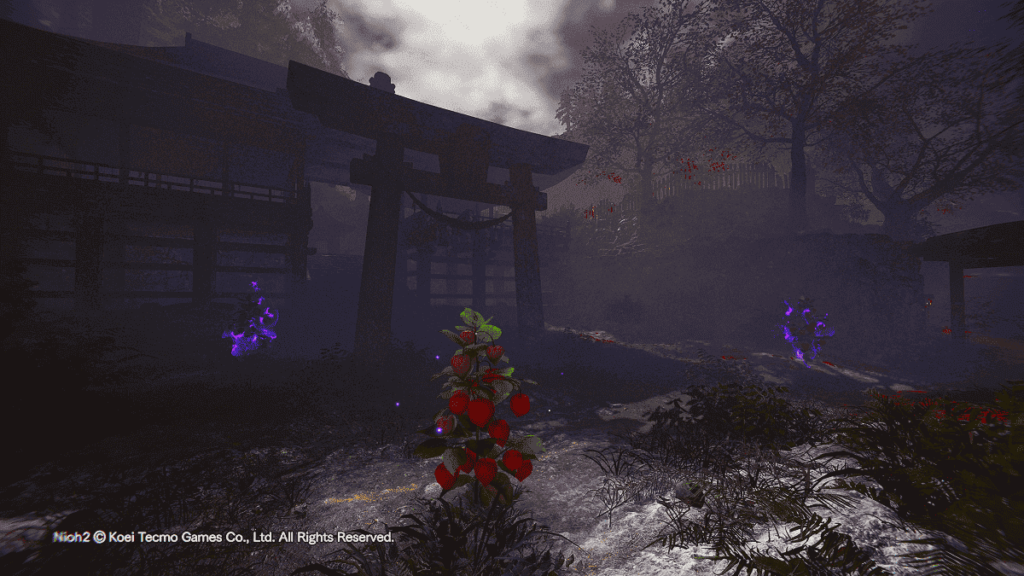
For players, Hoozuki is a key part of resource management in Nioh2. The game’s challenging difficulty requires careful planning and smart use of items, and Hoozuki can provide the necessary boost to get through difficult sections. Knowing when to use Hoozuki is part of mastering the game’s mechanics, adding depth to the combat system.
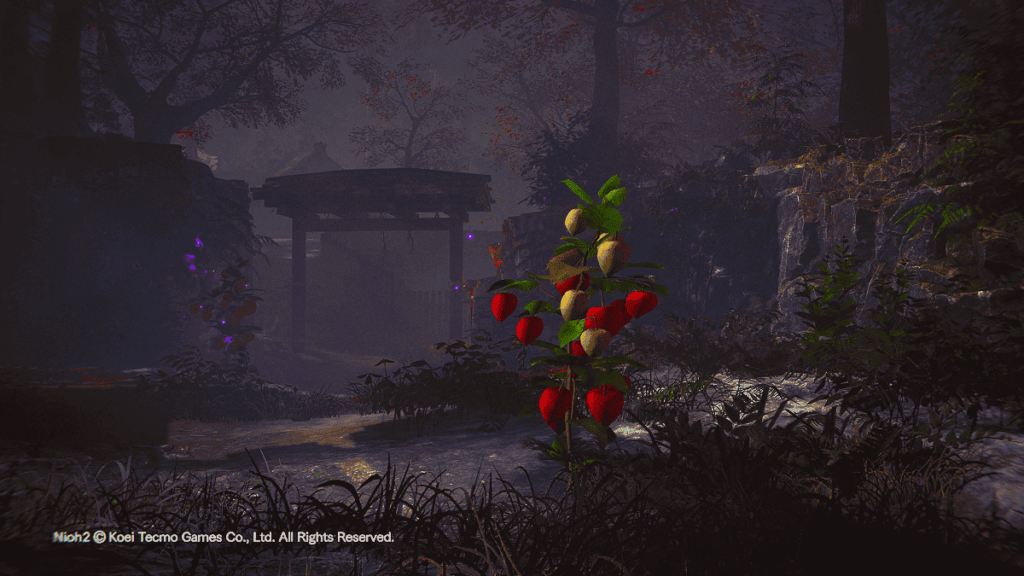
Its incorporation into the game also enriches the cultural experience, allowing players to engage with a piece of Japanese tradition while battling enemies in a fantasy setting.
Hoozuki Q&A
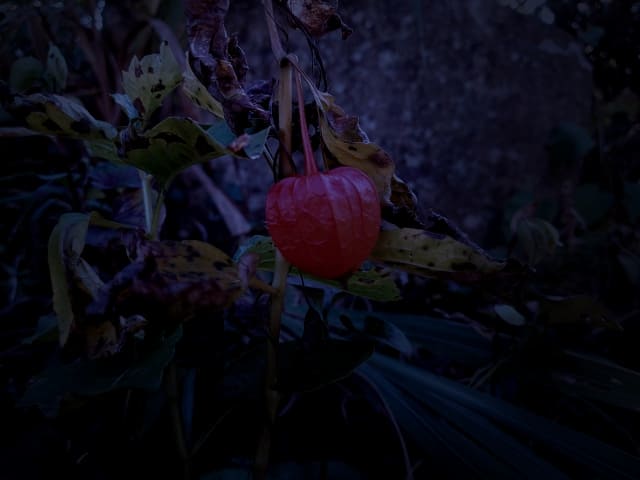
- QCan Hoozuki be eaten?
- A
Yes, certain types of Hoozuki are edible. “Edible Hoozuki” has a sweet taste and is often used in jams or desserts.
- QWhere is the Hoozuki Market held?
- A
The most famous Hoozuki Market is held at Senso-ji Temple in Asakusa, Tokyo, on July 9th and 10th. However, other regions in Japan may also have smaller markets during summer.
- QWhy is Hoozuki considered lucky?
- A
Hoozuki’s red lantern-like fruit is associated with warding off evil spirits and bringing good fortune. It is particularly popular during the Bon Festival when it is used to guide ancestral spirits.
Conclusion
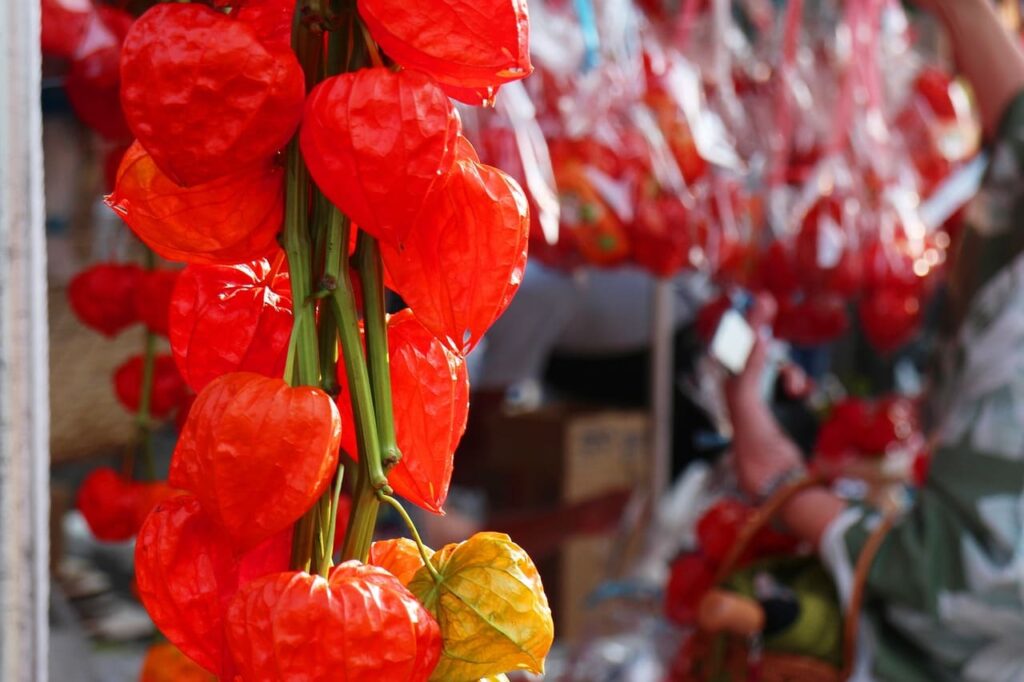
Hoozuki is a plant that bridges the gap between tradition and modernity, from its deep cultural roots in Japan to its appearance in the popular video game Nioh2. Its role as a good luck charm and spiritual protector continues to make it a popular symbol in Japanese culture. Whether you’re visiting a Hoozuki Market, decorating your home with its vibrant red lanterns, or using it as a critical item in a video game, Hoozuki remains a fascinating and multi-faceted part of both history and contemporary life.
For those interested in Japanese culture, exploring the significance of Hoozuki provides a deeper understanding of the ways plants, folklore, and spiritual beliefs are intertwined. And for gamers, its inclusion in Nioh2 is a fun and strategic element that adds to the richness of the game.

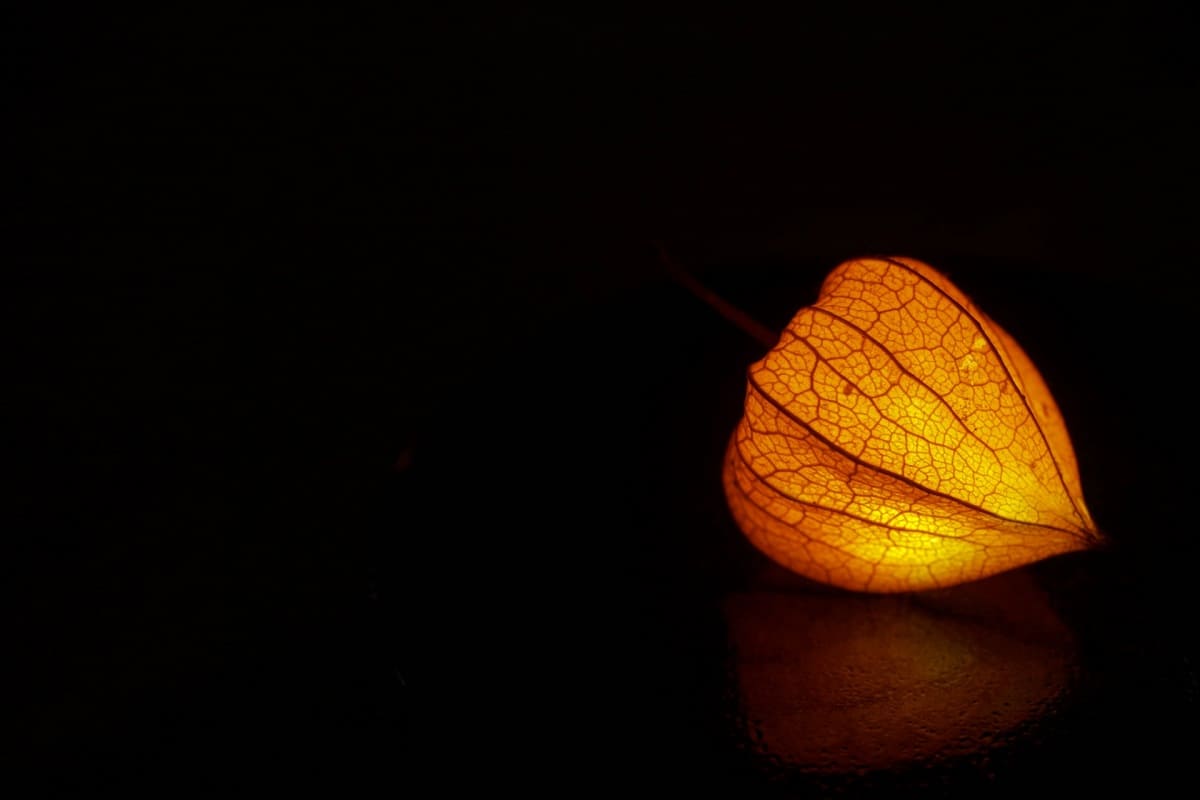
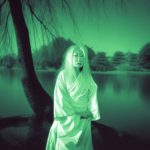
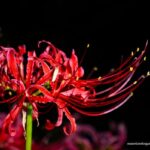
Comments